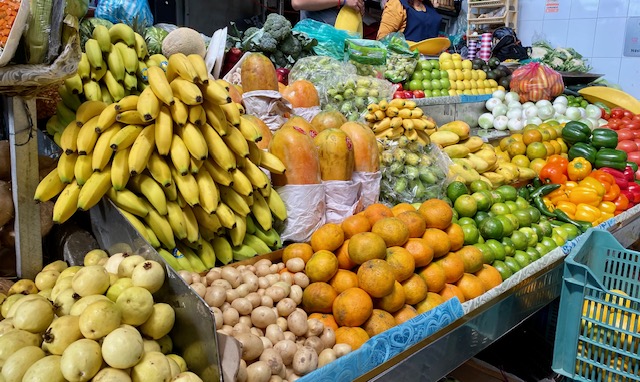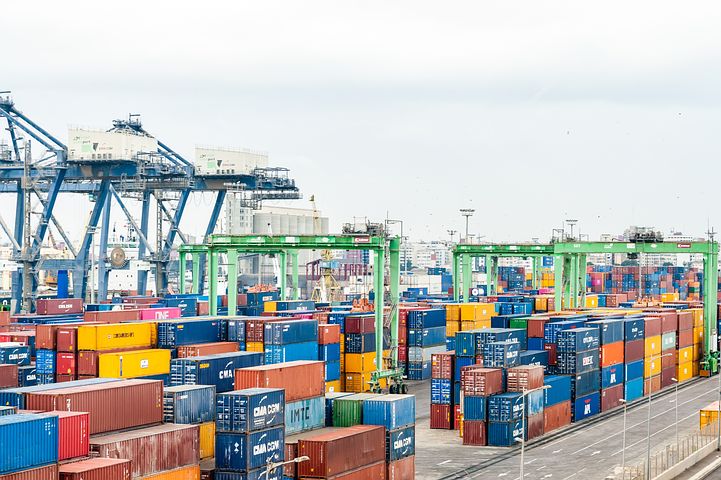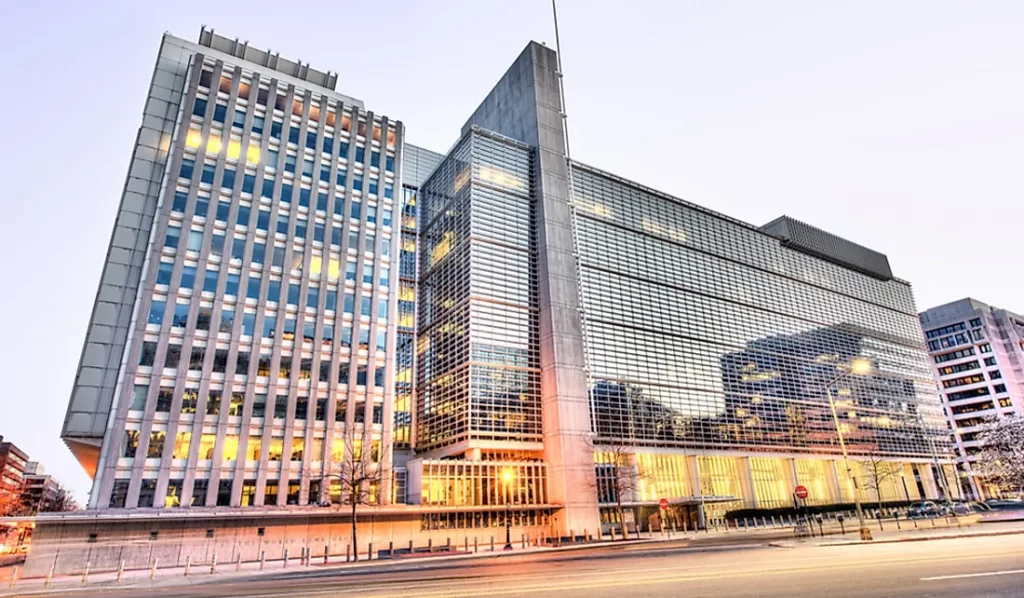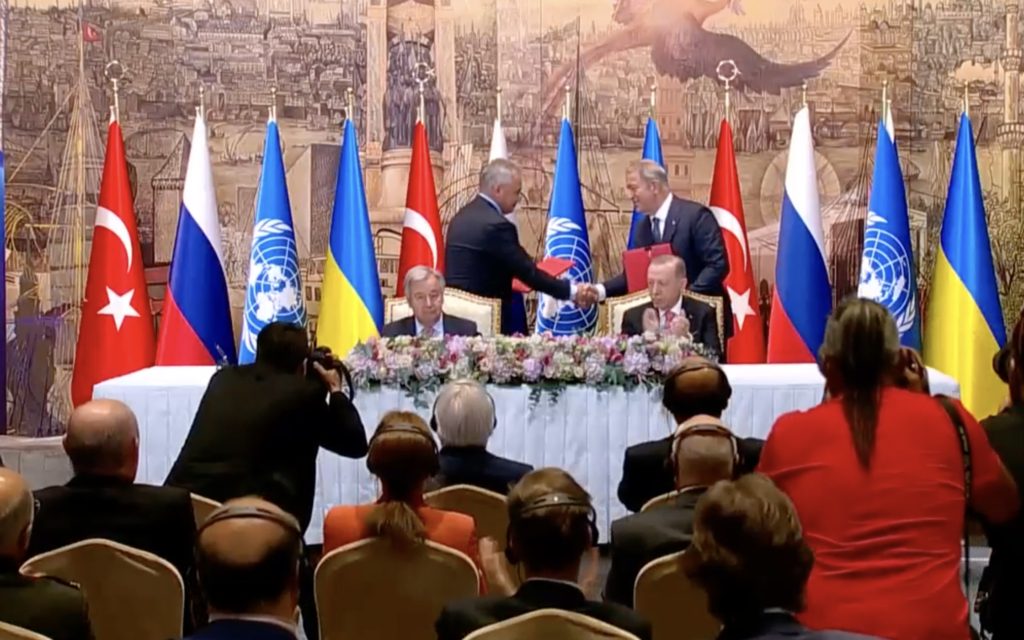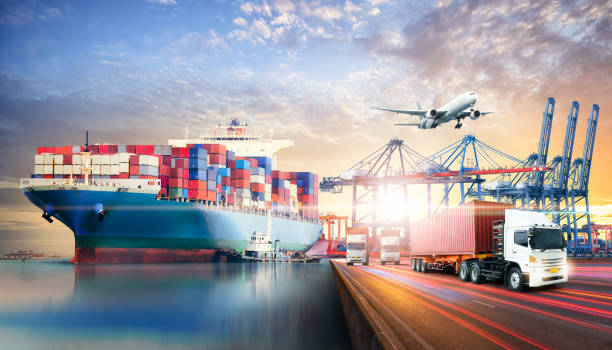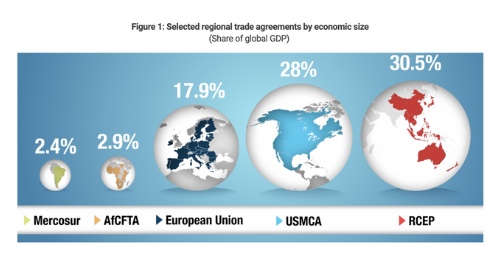Global growth to remain subdued amid lingering uncertainty, warns UN report
Lower inflation and monetary easing offer relief, but trade tensions, high debt burdens, and geopolitical risks cloud the outlook. Following is a press release from the UN Department of Global Communications
New York, 9 January 2025 – Global economic growth is projected to remain at 2.8 per cent in 2025, unchanged from 2024, according to the United Nations flagship report, World Economic Situation and Prospects (WESP) 2025, released today. While the global economy has demonstrated resilience, withstanding a series of mutually reinforcing shocks, growth remains below the pre-pandemic average of 3.2 per cent, constrained by weak investment, sluggish productivity growth, and high debt levels.
The report notes that lower inflation and ongoing monetary easing in many economies could provide a modest boost to global economic activity in 2025. However, uncertainty still looms large, with risks stemming from geopolitical conflicts, rising trade tensions and elevated borrowing costs in many parts of the world. These challenges are particularly acute for low-income and vulnerable countries, where sub-par and fragile growth threatens to further undermine progress towards the Sustainable Development Goals (SDGs).
The report is available on https://www.bit.ly/UN_WESP2025 and desapublications.un.org
Hashtag: #WorldEconomyReport
“Countries cannot ignore these perils. In our interconnected economy, shocks on one side of the world push up prices on the other. Every country is affected and must be part of the solution—building on progress made,” said António Guterres, United Nations Secretary-General, in the foreword to the report. “We’ve set a path. Now it’s time to deliver. Together, let’s make 2025 the year we put the world on track for a prosperous, sustainable future for all.”
Regional economic outlook: Diverging growth prospects
Growth in the United States is projected to moderate from 2.8 per cent in 2024 to 1.9 per cent in 2025, as the labour market softens, and consumer spending slows. Europe is expected to recover modestly, with GDP growth increasing from 0.9 per cent in 2024 to 1.3 per cent in 2025, supported by easing inflation and resilient labour markets, though fiscal tightening and long-term challenges such as weak productivity growth and an ageing population, continue to weigh on the economic outlook.
East Asia is forecast to grow by 4.7 per cent in 2025—driven by China’s projected stable growth of 4.8 per cent—supported by robust private consumption across the region. South Asia is expected to remain the fastest-growing region, with GDP growth projected at 5.7 per cent in 2025, led by India’s robust 6.6 per cent expansion. Growth in Africa is forecast to rise modestly from 3.4 per cent in 2024 to 3.7 per cent in 2025, thanks to recoveries in major economies including Egypt, Nigeria, and South Africa. However, conflicts, rising debt-servicing costs, lack of employment opportunities and increasing severity of climate-change impacts weigh on Africa’s outlook.
Trade rebound and monetary easing
Global trade is expected to grow by 3.2 per cent in 2025, following a rebound of 3.4 per cent in 2024 driven by improved exports of manufactured goods from Asia and strong services trade. However, trade tensions, protectionist policies, and geopolitical uncertainties are significant risks to the outlook. Global inflation is projected to decline from 4 per cent in 2024 to 3.4 per cent in 2025, providing some relief to households and businesses. Major central banks expected to further cut interest rates in 2025 as inflationary pressures continue to ease. While continuing to moderate, inflation in many developing countries is expected to remain above recent historical averages, with one in five projected to face double-digit levels in 2025.
Threats from high debt-servicing burdens and elevated food inflation
For developing economies, easing global financial conditions could help reduce borrowing costs, but access to capital remains uneven. Many low-income countries continue to grapple with high debt-servicing burdens and limited access to international financing. The report emphasizes that Governments should seize any fiscal space created by monetary easing to prioritize investments in sustainable development, especially in critical social sectors.
Despite easing global inflation, food inflation remains elevated, with nearly half of developing countries experiencing rates above 5 per cent in 2024. This has deepened food insecurity in low-income countries already facing extreme weather events, conflicts, and economic instability. The report warns that persistent food inflation, coupled with slow economic growth, could push millions further into poverty.
Critical minerals: A vital opportunity for accelerating sustainable development
The report highlights the potential of critical minerals for the energy transition—such as lithium, cobalt, and rare earth elements—and also for accelerating progress towards the SDGs in many countries.
For resource-rich developing countries, rising global demand for critical minerals presents a unique opportunity to boost growth, create jobs, and increase public revenues for investment in sustainable development. However, the report warns that these opportunities come with significant risks. Poor governance, unsafe labour practices, environmental degradation, and over-reliance on volatile commodity markets could exacerbate inequalities and harm ecosystems, undermining long-term development gains.
“Critical minerals have immense potential to accelerate sustainable development, but only if managed responsibly,” said Li Junhua, United Nations Under-Secretary-General for Economic and Social Affairs. “Governments must adopt forward-looking policies and comprehensive regulatory frameworks to drive sustainable extraction, equitable benefit-sharing, and investments in building productive capacities to maximize the development gains from these resources.”
Call for bold multilateral action
The report calls for bold multilateral action to address the interconnected crises of debt, inequality, and climate change. Monetary easing alone will not be sufficient to reinvigorate global growth or bridge widening disparities. Governments must avoid overly restrictive fiscal policies and instead focus on mobilizing investments in clean energy, infrastructure, and critical social sectors such as health and education.
Stronger international cooperation is also essential to manage the environmental, social, and economic risks associated with critical minerals. Harmonized sustainability standards, fair trade practices, and technology transfers are needed to ensure that developing countries can harness these resources responsibly and equitably.
~
The report is available on https://www.bit.ly/UN_WESP2025 and desapublications.un.org
Hashtag: #WorldEconomyReport
Media Contacts:
Alex del Castello, UN Department of Global Communications, alexandra.delcastello@un.org
Helen Rosengren, UN Department of Economic and Social Affairs, rosengrenh@un.org
United Nations journalists – United Nations journalists – United Nations journalists
United Nations News – United Nations News – UN Correspondents Association – UNCA Awards
Global growth to remain subdued amid lingering uncertainty, warns UN report Read More »

